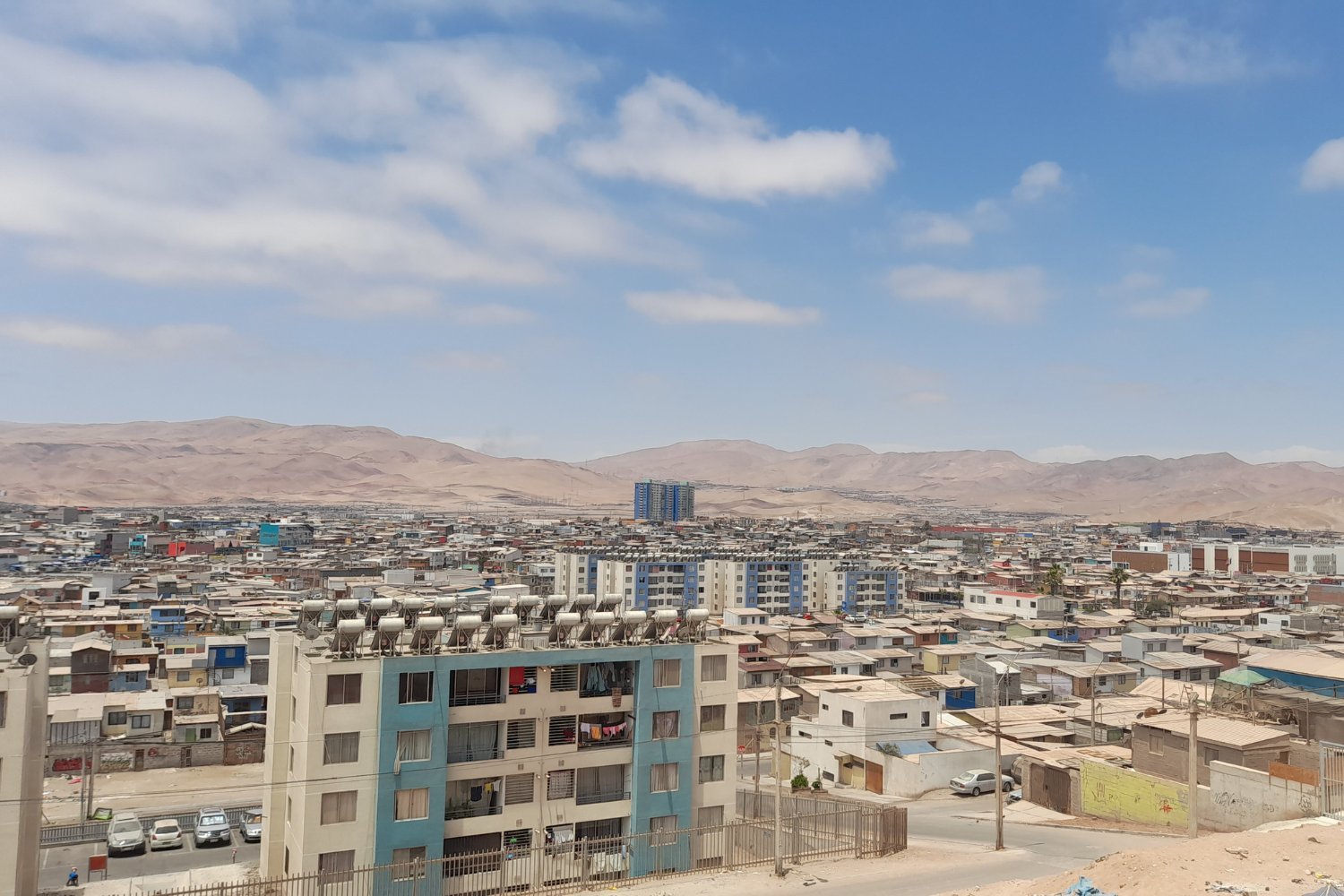
Fog Harvesting: An Innovative Solution for Water Scarcity in Arid Regions
Introduction
Water scarcity is a pressing issue affecting millions worldwide, particularly in regions with limited rainfall and underdeveloped infrastructure. Arid environments like Chile’s Atacama Desert, one of the driest places on Earth, face severe water challenges. To address this, researchers have been exploring alternative water collection methods, including fog harvesting. This technique draws inspiration from fictional worlds such as Dune and Star Wars, where moisture is collected from the environment to sustain life.
Fog Harvesting Technology
Fog harvesting involves capturing moisture from the air using fine mesh or nets suspended between poles. As moisture condenses on the material, droplets form and flow into a gutter, eventually collecting in a water tank. This passive system requires no electricity or other energy sources to function.
Study in Alto Hospicio, Chile
An international team of researchers conducted a study in Alto Hospicio, a rapidly urbanizing municipality in Chile. Approximately 10,000 people live in informal settlements within Alto Hospicio, with only 1.6 percent connected to water distribution networks. The researchers deployed fog collectors in these settlements to assess their viability.
Results and Implications
The study revealed that a 38.61 square mile area could yield between 0.05 and 1.32 gallons of fog water per 10.76 square feet (one square meter) per day. The peak months for fog water collection were August and September, with researchers gathering up to 2.64 gallons (10 liters) per 10.76 square foot (one square meter) per day.
These promising results suggest that fog harvesting could provide a significant water source for Alto Hospicio. A relatively small area of mesh could collect enough water to irrigate the city’s green spaces, while scaling up the system with larger fog collectors could even meet the weekly water needs of the informal settlements. Additionally, fog water could be utilized for soil-free farming, potentially producing up to 44 pounds (20 kilograms) of leafy greens each month.
Limitations and Opportunities
While fog harvesting offers a promising solution, the researchers acknowledge some shortcomings. The study’s results were derived from fog collectors located in higher altitudes outside of the city, necessitating distribution infrastructure and large storage systems for widespread implementation. Other key factors to consider include fog density, wind patterns, and suitable landforms. Fog availability is seasonal in many regions, which must be accounted for in planning.
Policy Implications
The researchers emphasize that fog harvesting should be considered a complementary water source rather than a comprehensive solution to water scarcity. Nonetheless, they urge policymakers to integrate this renewable resource into national water strategies. This integration could enhance urban resilience to climate change and rapid urbanization, expanding access to clean water in water-stressed regions.
Conclusion
Fog harvesting represents an innovative and sustainable water collection method with the potential to alleviate water scarcity in desert communities. By capturing moisture from the air, this passive system can provide an alternative water source without relying on electricity or other energy sources. While fog harvesting alone will not solve water scarcity, it adds to the growing arsenal of solutions available to address this pressing issue.
